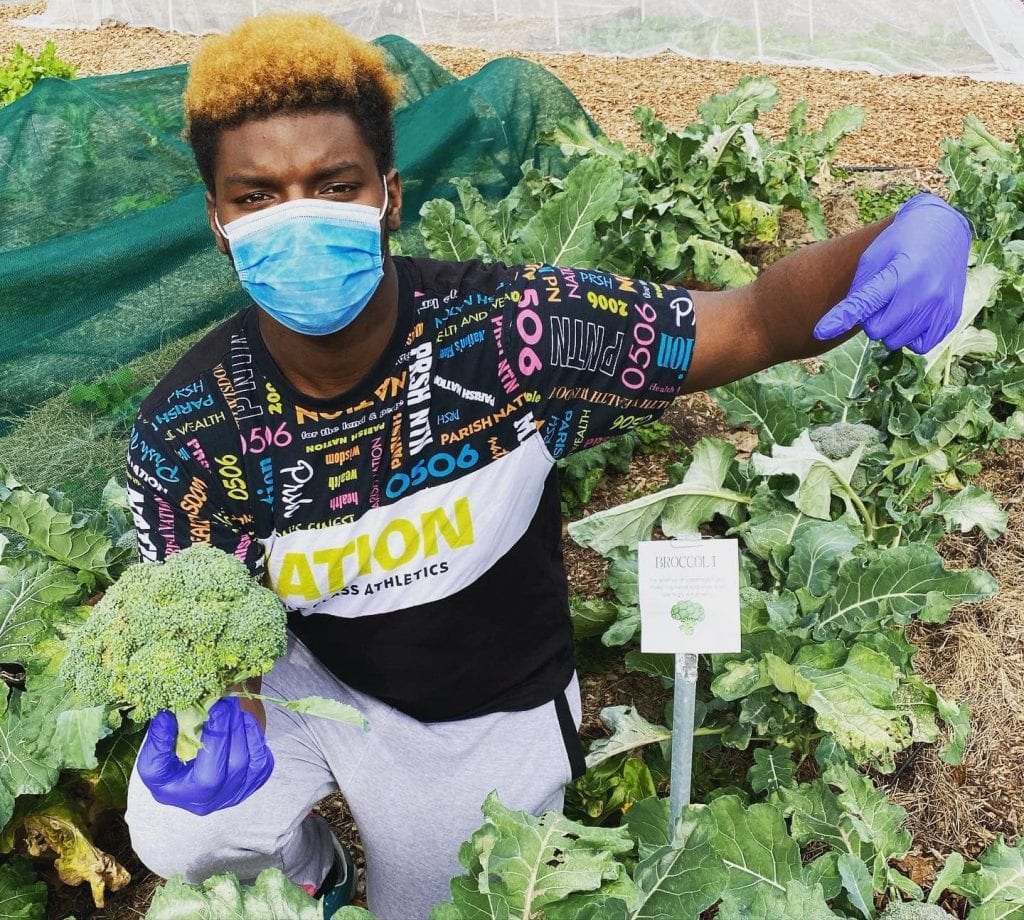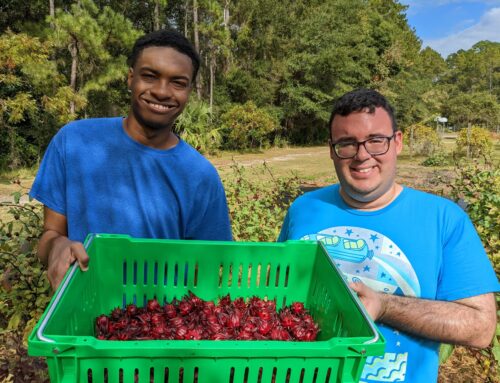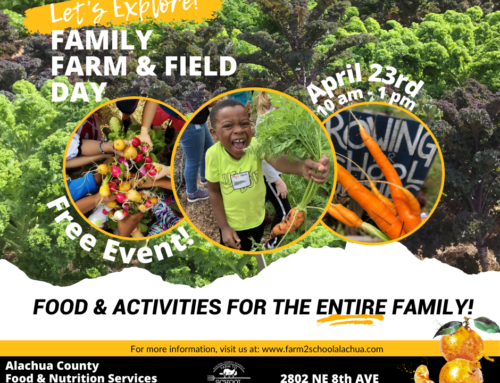
Brassicas like it chilly, and we really focus on growing these hardy leafy greens in the fall, winter, and early spring. This season we are growing broccoli, cauliflower, cabbage, collards, turnips, rutabagas, and kale. They have very few pests or disease and surprise us with their increase in size every Monday when we return from the weekend away. Brassicas have been cultivated for thousands of years and are mentioned in ancient Sanskrit literature as far back as 1500 B.C.! Native brassicas (those that grow on their own without having to be planted and cared for) grow in northern Africa, western Asia, southern Europe, and India. People who live in these areas saved the seeds of the ones they liked the most and, over time, different types were developed – some with big, tasty leaves (like collards and cabbage), some with lots of flowers and buds (like broccoli) and some with a large, edible root (like turnips).
So many possibilities! There is a theory that the word “brassica” came from a Greek word derived from the Latin “vorare,” which means to devour. Makes sense to us!
We learned more about the history of brassicas here.
Here are some yummy, kid-approved recipes for collards, broccoli, kale, and cabbage, And don’t forget the delish kale salad students enjoy in their school lunches!




